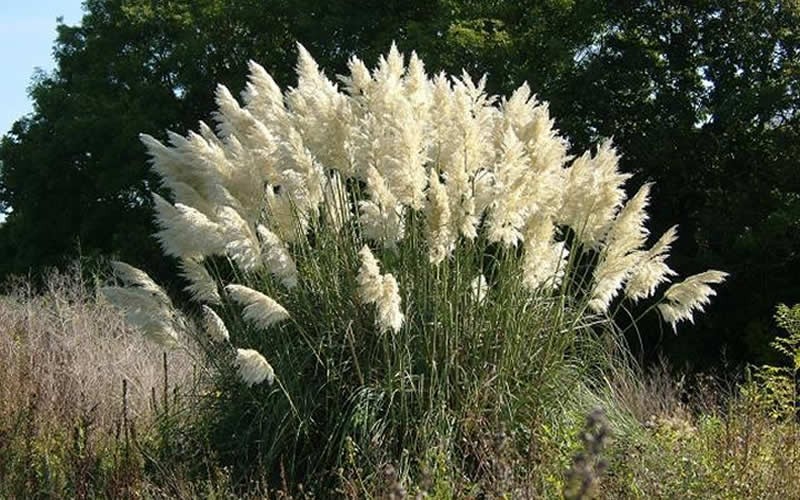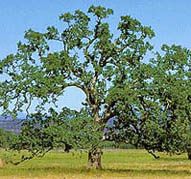FACTS
Although the term "the Valley" refers to an area stretching from Shasta to Kern, that area doesn't refer to a single community by any means.
The length of the valley is about 450 miles.
The Central Valley is the world’s largest patch of Class 1 soil. The soil produces many different varieties of food that feeds much of the state and other states as well!
6.5 million people live in the valley. About 6.5 million people live here and there are 12 metro areas in the Valley. It is one of the fastest growing regions in California. The largest city is Fresno the valley also includes the state capital, Sacramento. The Sacramento and San Joaquin rivers, which run through the Central Valley, are fed mainly by the abundant rains and melting snows of the Sierra Nevada’s western flank. The development of ranching and agriculture in the valley progressed rapidly after the California Gold Rush in 1849. Because of the irrigation made possible by numerous dams and canals, the area now contains some of the richest farmland in the United States and produces more than 300 crops, including cotton, fruits (wine grapes, peaches, apricots), grains (wheat, rice), nuts (pistachios, almonds), and vegetables. With about 300 growing days per year, the valley produces about one-fourth of the food consumed in the United States.
Source: http://www.britannica.com/place/Central-Valley-California
CITIES

http://www.mastersuites.net/blog/7-mind-blowing-facts-about-central-valley-california
CLIMATE
Characterized by high temperature and low humidity in the summer and low temperature and high humidity in the winter. Both the Sacramento and San Joaquin Valleys exhibit this type of climatology.
Long ago,
woods, grasslands, and wetlands covered the Central Valley.
People filled in many of the wetlands to make farmland.
Because of the Central Valley’s rich soil and long growing
season, it supplies about half the country’s fruits, vegetables,
and grains. With little rain in the summer, dams, channels,
pumps, and ditches are used to bring water. The Valley climate
makes it possible for farmers to grow crops year round.
Source: https://www.eduplace.com/ss/socsci/ca/books/bkd/ilessons/ils_gr4_ca_u1_c01_l3.pdf
For local valley weather:
ANIMALS

Muskrat
http://www.wildlifedamage.com/images/Charlottenburg_muskrat_small.jpg

Beavers
http://cdn.zmescience.com/wp-content/uploads/2014/12/beaver.jpg

Ducks
http://www.birdinginformation.com/wp-content/gallery/mallard_duck/mallard-duck-7a.jpg

Heron
http://antpitta.com/images/photos/herons/Great-Blue-Heron-tarcoles_1410.jpg

Newt
http://www.californiaherps.com/salamanders/images/ttorosabr306.jpg
PLANTS

Pampas Grass
https://e54055a024bc6fb58d47-f7df714a3b816a175961a96ef2278d84.ssl.cf2.rackcdn.com/5746-Pampas-Grass.jpg

Poppy
https://upload.wikimedia.org/wikipedia/commons/2/2b/California_poppy_1.jpg

Blue Oak
http://www.blueplanetbiomes.org/images/qdouglasiiform.jpg


Lupine
http://www.geog.ucsb.edu/~joel/g148_f09/lecture_notes/transverse_ranges/bush_lupine1.jpg

Ceanothus
http://www.cptmedianews.com/almadenvalley/images/ceanothus.jpg
Resource: California Geography (C) 2009 splashpublications.com
No comments:
Post a Comment
Note: Only a member of this blog may post a comment.